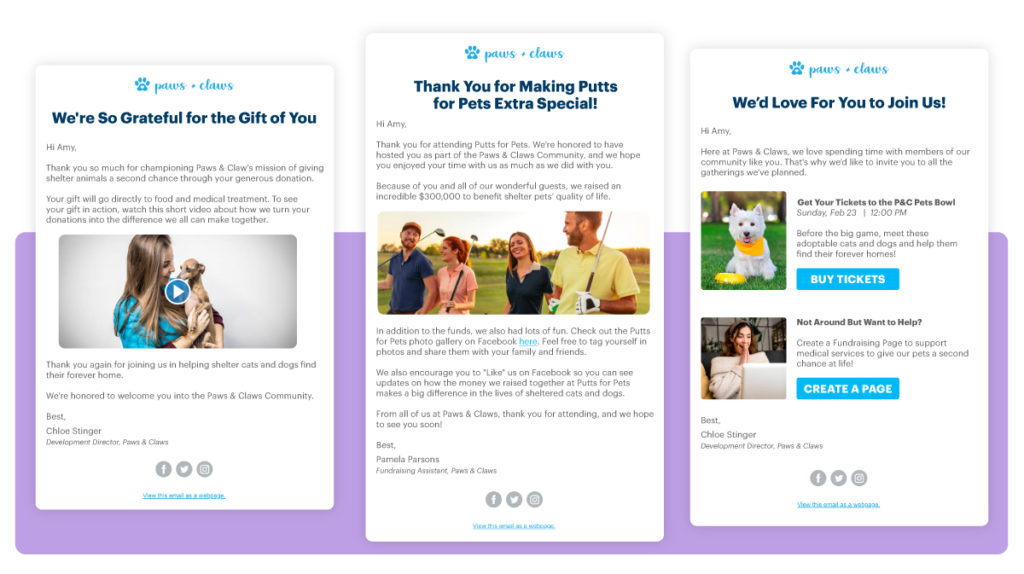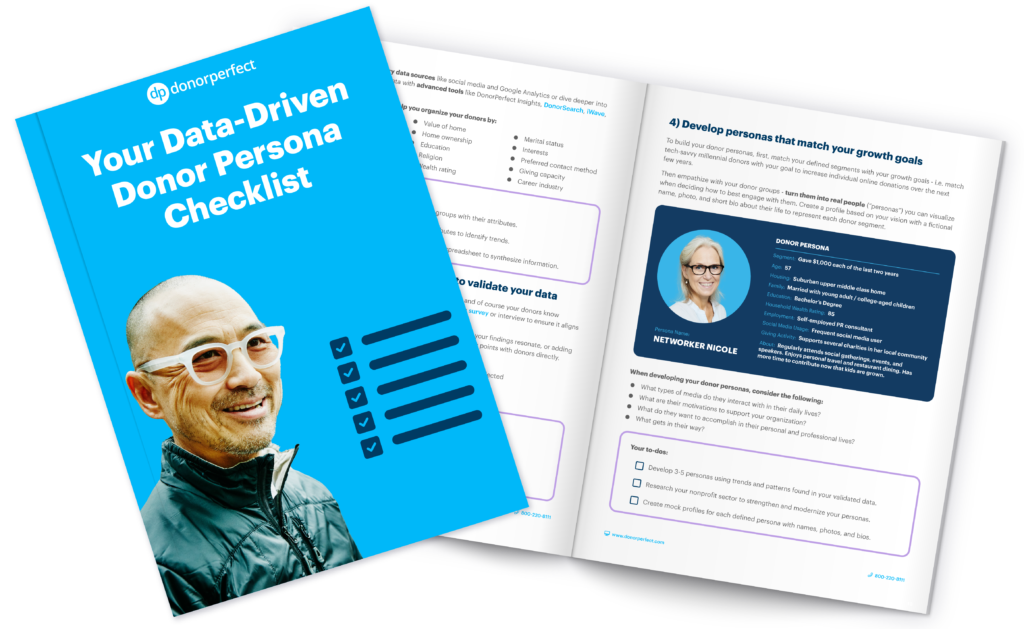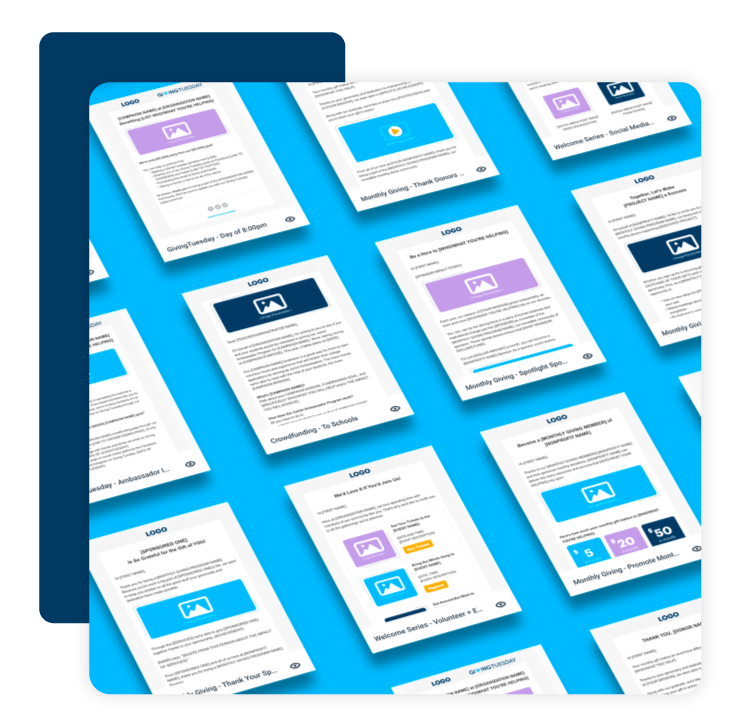Nonprofit Technology & Fundraising Blog
Subscribe to our mailing list

June 13, 2023 | Donor Acquisition, Donor Engagement, Fundraising Communication
According to Philanthropy News Digest, many nonprofits neglect to focus on retention, which is one of the single most effective development strategies for organizational growth. Your constituents came to you because they believed in your mission. They will stay with you if you prove they can continue to trust in your organization and fully commit to your cause.
The retention challenge for many nonprofits is keeping their organization and its mission top of mind so donors make a second gift or get involved in other ways. By using marketing techniques and targeted communications to build donor loyalty after the first contact or gift, nonprofits can meet and exceed their fundraising goals.
A welcome series can simplify your organization’s donor retention strategy. It’s a great way to motivate donors to keep giving – whether it’s money, volunteer hours, or spreading your mission and message through their social channels.
An email welcome series includes automatic messages that are sent over a period of time to connect with your constituents. They can be used to thank and welcome new donors, lower donor remorse, recruit volunteers, and nurture additional engagement.
Even through automated emails, you can show your donors direct impact and create a personal experience for them.

An email welcome series keeps donors engaged, excited, and giving. You’ll be able to provide donors with nearly instantaneous thank yous and other messages to build relationships and trust.
Emails are a proven way to build a foundation for strong relationships with your constituents. Studies show that email continues to offer a high return on investment (ROI) for nonprofits, too.
Decide your goals for welcoming your constituents. Do you simply want to say thank you? Do you want new donors to share a campaign with their friends? Do you want them to volunteer at an event? Do you want them to like your Facebook page?
In a welcome series, your audience can vary:
Divide your constituents into smaller groups, or segments, based on shared information or common characteristics. If you have several different audiences you’re trying to engage with, segmentation can help you get the right message to the right people at the right time. Each message should speak to each specific relationship. The more you can personalize the messaging to the audience, the more likely you’ll retain that constituent.

Speak to your donors as people by creating personas for your community. Get your guide and checklist here »
Decide on the frequency and number of messages. You’ll want to strike a balance between reminding them about upcoming campaigns and being too pushy.
Your message frequency will depend on what actions you want people to take after they make their first, second, or monthly gift, and may be different for each audience.
Write the messages in advance. Keep them short and sweet. Most people are probably reading them on a mobile device, so keep that in mind. Write them as if you’re writing to a friend. And consider incorporating images, graphics, videos, and links to online donation forms.
Don’t forget to think about the subject lines. The subject line is arguably the most important part of your email.
After you’ve written your messages and subject lines, enter them into your email marketing tool. Don’t forget to send each email to yourself as a test. It will also provide you the opportunity to ensure everything looks like you intended it to.
If you haven’t yet invested in an email marketing provider, it’s past time! Choose a system that can connect and integrate with your constituent relationship management (CRM) program. And if you don’t yet have one of those, it’s time for that too.

DonorPerfect clients: We’ve made it easier for you to get started with templates and a checklist from Constant Contact, exclusively for DonorPerfect users, to help you develop a successful welcome series. Just customize them with your own information and send.
You’ll want to track open rates, click-through rates, and conversions, and analyze the data to determine the effectiveness of your welcome series. The data you gather from the beginning can help you determine how and when to adjust messages as needed so you can continuously update its content to best engage and retain your donors.
You are overwhelmed. There’s always something – more like 100 somethings – to do. But spending some time and energy (you’ve got a little left!) developing a welcome series now will benefit you and your organization in the long run.
Show your donors how much you appreciate them. By creating a memorable and engaging first impression, you’ll cultivate long-lasting relationships—and donations. DonorPerfect offers free welcome series templates, designed to help small and mid-sized nonprofits increase their fundraising. Download the templates below.
Follow us on social!